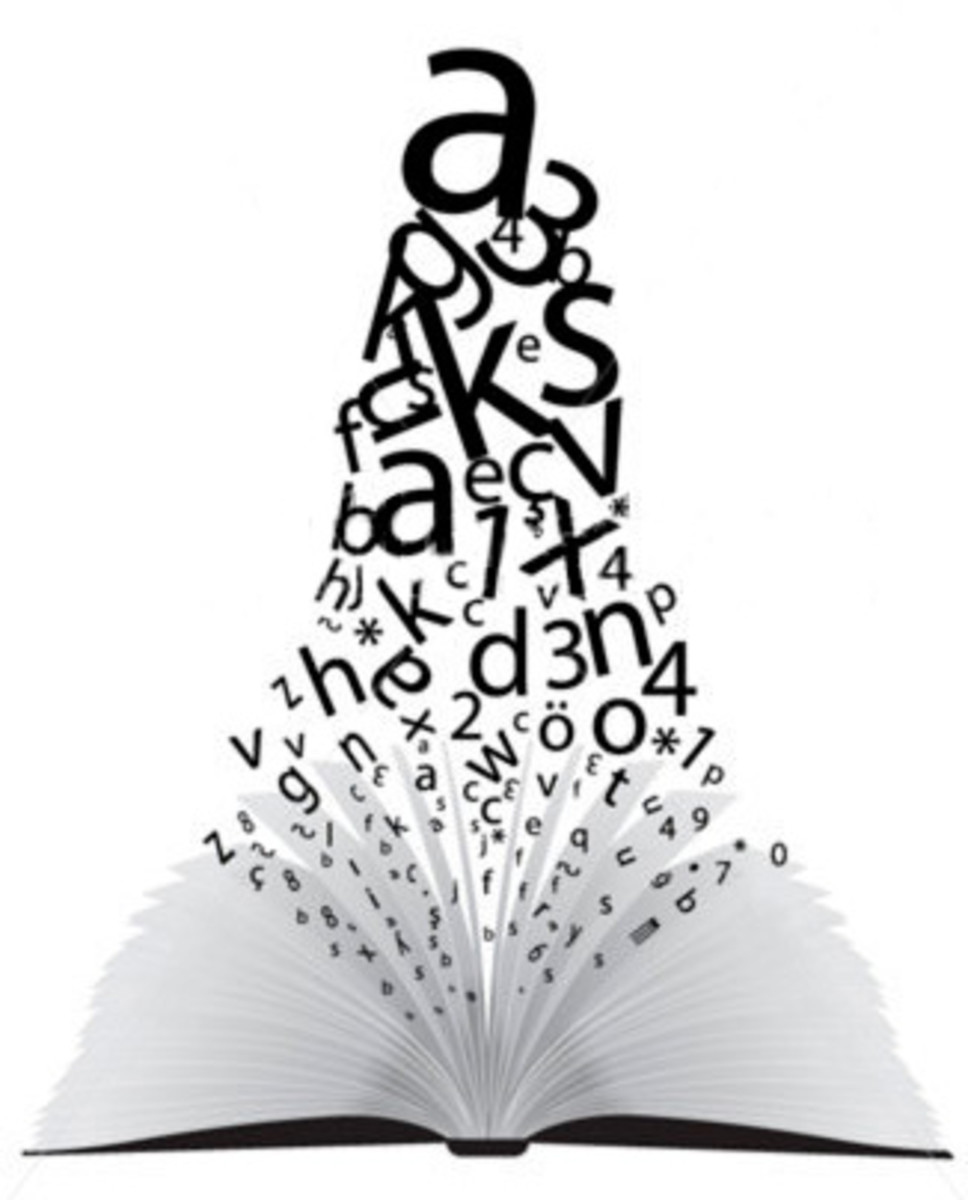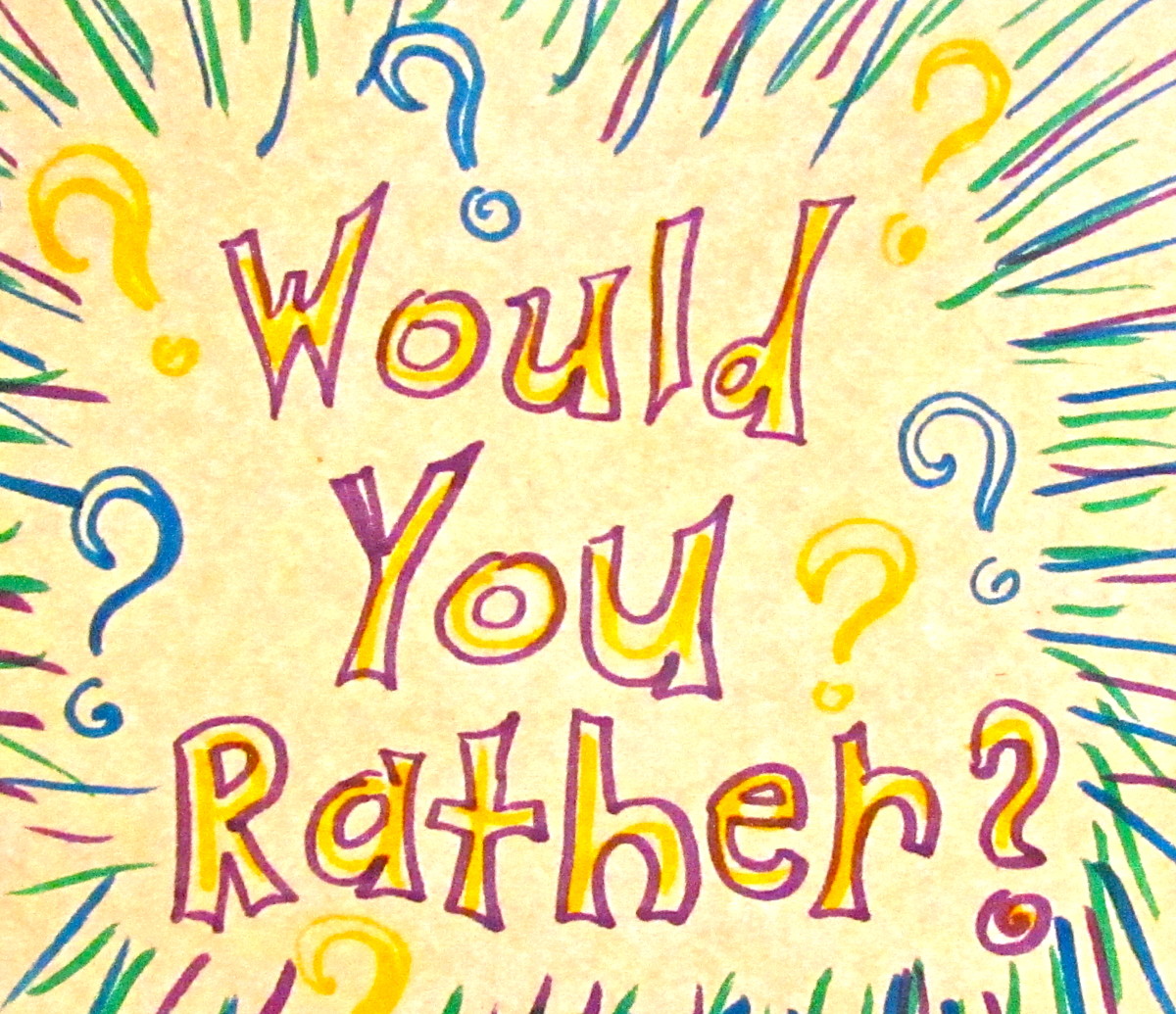How to Invent a Language

Make Your New Language Sound Real
I've seen other articles on the internet about creating your own language, but those that I've seen haven't covered the important element of making your language sound authentic. Lack of authenticity happens when a few language developmental factors are ignored. Here are some of the elements that occur in the development of a language: 1) Root words are factored in and become pervasive in similar usages 2) conjugation formulas are not always consistent, 3) adoptive words from foreign languages is common, 4) coined words occur due to changing definitions, acronyms, or combined words. 5) Pre-fixes and suffixes give more in-depth or efficient meaning to a word.
Sample words with prefixes are: "Expired," "Prepare," or "asphixiate." The "a" in front of a word can mean "lack of." So "atrophe," "asphixiate," and "apathy" all have the same prefix. "Atrophe" comes from two root words: "a," which is a lack of, and "trophy," from the Greek "trephein" which means to nourish or feed. So if a muscle atrophes, it is going through a lack of some kind of nourishment or replenishment, and therefore it is degenerating. "Monochrome" is the combination of two root words: "One" and "Color."
A sample acronym is "scuba," which is derived from the words "Self-Contained Underwater Breathing Apparatus." Another is "laser," which is "Light Amplification by Stimulated Emission of Radiation."
Another element employed in language, but not officially, is the "implied" abbreviation. Some cultures handle this differently. The most simple implied abbreviation sample is when someone answers a question by saying "Yes," or "No." But this is so universal, that it will definitely find its way into new-language usage. A less obvious usage is, when asked if he broke a window, a boy answers, "I didn't." He has left off the clarifying words, ". . . break the window." Here's another example: "Did you see a Ford car go by about a minute ago?" The answer: "What color?"
Here's an even more complex implied abbreviation: A woman is telling a man that she was held up at the check stand because the woman ahead of her was not prepared to search her purse for the money needed to pay for the merchandise. She had spent what seemed like a whole minute looking for her checkbook or cash. The man listening says, "Tell me about it!"
Literally, this sounds like an invitation to retell the story. But what it really means, in American vernacular, is: "I understand, because it's happened to me."
Another example of this type of complex implication is: Your friend tells you he paid 100 dollars for a fully operational Rolls-Royce. Your reaction is: "Get out of here!" I'm not sure of the origin of this reaction, but it seems to be saying, "I don't believe you, you're a liar, and I don't want to listen to liars, so be gone!"
Creating the Lexicology:
It usually doesn't matter what physical sound certain words take, as long as you are consistent in applying those words and sounds in related usages. But it would probably be a good idea to use more soothing sounds to come up with words representing the more tender side of life: "Love," "Flower," "Poetry," "Clean," "Heart," and so on. Where possible, though, you should (sometimes, not always) jump at the opportunity to create a word that is consistent with the character or function of the word you are searching for. For example, the word for heart could be something like "Umplum," which is more or less imitating the sound of a heartbeat.
After that, for any word that implies the inclusion of the heart, you could use that word, or a portion of that word: For example, to make a word for heart-beat, you could use "Plum," and another word that comes from the word you chose for "beat."
Most of life can be described in a few words. Think of those words, create your substitutions for those words, then expand from there. Your expansion could be an occasional new word that is unrelated to the original group, or it could include the usage for those original words, in the form of root words. If your language is developed around other foreign language-countries, then create a group of root words from each of those cultures. The root words from neighboring countries would be things imported, or words used by their natives who are visiting, and who are describing something that isn't normally found in the county you are creating a language for. An example of this is "Taco," "Pizza," or "Mango."
Here is a possible list of basic or root words you could create your new language from:
Eat, Breathe, Sleep, Bathe, Drink, Buy, Live, Pay, Money, Work, Earn, Dollars, Cents, Die, The, My, Your, A, He, She, You, Me, Hurt, Fire, It, Feel, Sick, Well, Health, Where, Address, Toilet, Restaurant, Talk, Eye, Ear, Mouth, Leg, Arm, Stomach, Listen, Water, Animal, and Walk. More comprehensive words can sometimes be found in complete sentences, thus helping to get words that form everyday phrases:
"The quick brown fox jumps over the lazy, sleeping dog." This sentence will remind to get more words like "quick," which would be "fast," "smart," "sly," and "tricky." The word "brown" will remind you to choose other colors. The word "fox" will remind you to choose the basic animals in your world. "Jumps" is a verb, that - once you develop a conjugational system for it, will help you to already have conjugations for the rest of your verbs. "Over" is a preposition. Search for the rest of your prepositions; there aren't too many of those. A preposition is a word that describes whatever a rabbit can do with a log (It can go "around" it, "over" it, "through" it, "by" it, or walk "with" it. In English there is no fixed structure for a preposition. But there's no law in the universe that would prevent you from starting all your prepositions with a certain letter, or pair of letters. This would be one thing that make your new language uniquely yours. Adverbs are identified with letter pairs; with the "ly" suffix. If adverbs can have their unique letter pairs, why couldn't prepositions have theirs? You can also, if you want, choose unique letters that would precede or follow your adjectives (words that describe the nouns or the subject of the the phrase.)
In case you need a review, here are the basic components of a sentence, along with a sample word:
Article . . . . . . . . . . The
Adjective . . . . . . . . quick, brown, and lazy
Noun . . . . . . . . . . . fox, and dog
Verb . . . . . . . . . . . jumped
Preposition . . . . . . over
Participle . . . . . . . sleeping (this is a verb with "ing" after it, used to define the dog)
Adverb . . . . . . . . . smartly (this modifies (defines) "jumped" if you were to say "...jumped smartly over....")
You can also use opening words from famous books or movies to start your list, popular biblical passages like The Lord's Prayer, portions of stories from children's books, especially focusing on the moral of the story, and other popular phrases that seem to include a wide variety of words.
If you want to get more technical:
- How to create a language
A guide for the making of fictional languages, with comparative data and examples from many natural and constructed languages, and simple explanations about linguistic terminology, grammar and phonology.
Here are examples of verb conjugations from two different languages, English and Spanish:
English, To Eat:
Present tense: . . . . I eat, you eat, he or she eats, we eat, they eat. (Note the "s" for he or she)
Past tense: . . . . . . . I ate, you, he or she ate, we ate, they all ate. (No "s" for he or she)
Future tense: . . . . . I, you, he, she, we, and they will eat
Present perfect: . . . I am eating, you are eating, he or she is eating, we and they are eating
Spanish, Comer (to eat): (Note that "to eat" is the infinitive version of the verb, and "comer" is the Spanish infinitive form. Our "to" is the same as the Spanish "er." Our prefix "to" is always the same in English. But in Spanish the infinitive form of their verbs usually end in not only "er," but also, "ar," and "ir." In the following examples, the parentheses indicate that the conjugation is sometimes used without the word in parentheses.
Present tense: . . . . (yo) como, (usted) come, (el) come, (ella) come, (nosotros (meaning "we")) comemos, (ellos (meaning "they")) comen.
Past tense: . . . . . . . (Yo) comi (with an accent over the "i"), usted comio (accent over the "o"), (el or ella comio (accent on "o"), (nosotros) comimos (accent on the "i"), (ellos) comieron (accent on the "e").
Future tense: . . . . . .(Yo) comere (with accent on the "e"), usted comera (accent on "a"), (el or ella) comera (accent on "a"), (nosotros) comeremos (accent on 2nd e), and (ellos) comeran (accent on the "a") (Notice that all future tense verbs in this case carry the infinite form of the verb ("comer") with the conjugated part following.
According to these two examples, there don't appear to be any universal rules in how to conjugate verbs. One instance consistently has the conjugation in two words (in English) and the other usually has it in one). You could have a conjugation in three, and nobody should care. You could also use apostrophes or dashes to indicate a conjugation. It appears that the sky is the limit.
One thing that comes with creating your own language, is the creation of an alphabet, and the symbols that represent that alphabet. The symbols can represent the parts of the mouth or throat that create specific sounds, or they can be something completely different. For example, if your symbol represents an "S" sound, you can use an "X," which is a diagram of two incisor teeth coming together (from the side view). But you could also do that same picture from the front, which could be an "H" or an "H" with three or four legs. Of course, if your talking animal doesn't have teeth like ours, then these diagrams would be useless.
This could make one wonder if the "O" was made in this way, because when you say "Oh," your mouth is a round circle. As well, the "B" looks like two lips coming together. To boot, the "M" sort of looks like lips. The "S" looks like a snake that sometimes makes a hissing sound," and the "T" could represent the tongue pushing upward against the upper gums of your mouth.
You may never plan to create your own language, but at least I hope this article will give you insight into the world of language and communications.






